AI is poised to change our world at a breakneck pace, with enterprises and governments pouring billions into AI tools, assistants, and agents. Whether it’s Trump’s bold $500 billion Stargate plan or the UK’s AI Opportunities Action Plan, AI investment is the new arms race. And if the scale of investment isn’t visible yet, tech giants plan to invest $320 billion in AI in 2025 alone. The technology is dominating headlines, driving economic strategies and topping boardroom agendas.
However, most discussions focus largely on the dazzling potential of AI models. Putting these exciting AI innovations to work requires an army of unsung individual heroes largely toiling in the dark - data engineers, integration specialists, and automation experts.
These professionals are the critical silent enablers of the AI wave we are witnessing. Their expertise is critical to ensure machine learning models have the clean and structured data they require to function effectively and that their outputs can fold into complex enterprise architectures in a seamless and effective manner.
Looking beyond algorithms: behind the scenes of AI success
AI may be the headline act, but its algorithms and models are simply the tip of the iceberg. Beneath the surface, vast work goes into data preparation, developing IT infrastructure, and integration to the wider enterprise landscape. Data engineers have a crucial role in cleaning and structuring data so that AI models get accurate, unbiased, and high-quality inputs. Without high-quality data, even the most advanced AI models cannot deliver meaningful outputs.
Likewise, integration specialists weave AI models into the enterprise systems they interact with, ensuring data flows seamlessly across different environments - whether in the cloud, on-premise, or hybrid. These experts help companies leverage AI’s full potential by connecting disparate data sources, application endpoints and critical user experiences, allowing for real-time analysis and decision-making.
Finally, automation experts design smart workflows that enable AI agents to both be carefully orchestrated, and where possible, operate independently. From data to application integration, their work eliminates bottlenecks, boosts productivity, and allows businesses to deploy AI-driven solutions at scale.
Redefining traditional tech roles: AI changing data professions
AI is not just shifting industries; it’s also reimagining these very jobs that build and support this growth. Traditional tech paths are already evolving into future-oriented AI careers. Data engineers are stepping up as ‘AI trainers’, working with subject matter experts to curate datasets for improved model accuracy. Integration specialists now take on the role of AI infrastructure architects, harmonizing the latest API-centric AI technology with previous generations of application frameworks.
Automation experts are moving toward total AI orchestration, overseeing the large-scale deployment of AI agents across various business operations. What’s more, these roles themselves are converging into new hybrid positions like AI workflow engineers, prompt engineers, and agent developers. This means enterprises are now looking for multi-dimensional professionals capable of managing entire AI ecosystems instead of just performing isolated tasks.
AI has made a pivotal shift in involving tech professionals in critical business decisions, which means future AI roles will require a blend of strategic vision and technical know-how. Professionals who can connect AI capabilities with enterprise needs will be highly sought after.
Humanizing your AI journey: do not leave people behind
AI, for all its promise and potential, is not infallible. Challenges like bias in training data, privacy requirements, and ethical concerns surrounding AI deployment require careful human oversight. Data, integration, and automation professionals are indispensable in mitigating these risks, ensuring that AI applications are transparent, fair, and reliable.
Our own research recently revealed that fewer than 40% of IT leaders in the UK trust AI agents more than a human to do an effective job, which makes it apparent that there's no straightforward human to AI switch for the tech sector anytime soon. Despite the vast troves of information embedded in the latest models, enterprise data has not been available for AI model training, meaning that AI alone cannot interpret business context, making humans all the more essential in guiding AI’s applications.
The most effective leading enterprises are finding that automation enhances decision-making, and though there are clear opportunities for AI-centric process automation, AI doesn’t replace human critical thinking altogether. The best use cases of AI implementation are those where humans and machines collaborate, harnessing AI’s efficiency whilst maintaining human judgement.
Fate of data professionals: displacement or evolution?
A pressing question lingers: will AI make data-centric roles obsolete, or will it redefine them? The answer is nuanced.
As AI automates repetitive tasks and lower-level data operations, it simultaneously opens new doors for higher-order problem-solving and frees up time to be spent on strategic innovation and value-driven work.
For example, with old data cleaning tasks increasingly becoming automated, data engineers are free to focus on optimizing data architectures and ensuring AI models work with precision across heterogeneous system landscapes. Automation experts will go from basic workflow automation to developing self-learning AI systems that adapt to changing business needs in real-time.
AI’s true power isn’t in the technology alone. It’s in the people who are making it happen and laying the building blocks. It is not a threat to these roles, but a catalyst for their evolution. By acknowledging these contributions, investing in upskilling, and building a culture of AI literacy, we can ensure that AI serves as a force for progress, innovation, and human-AI collaboration.
We list the best IT management tool.
This article was produced as part of TechRadarPro's Expert Insights channel where we feature the best and brightest minds in the technology industry today. The views expressed here are those of the author and are not necessarily those of TechRadarPro or Future plc. If you are interested in contributing find out more here: https://www.techradar.com/news/submit-your-story-to-techradar-pro
from Latest from TechRadar US in News,opinion https://ift.tt/DoBN7eT
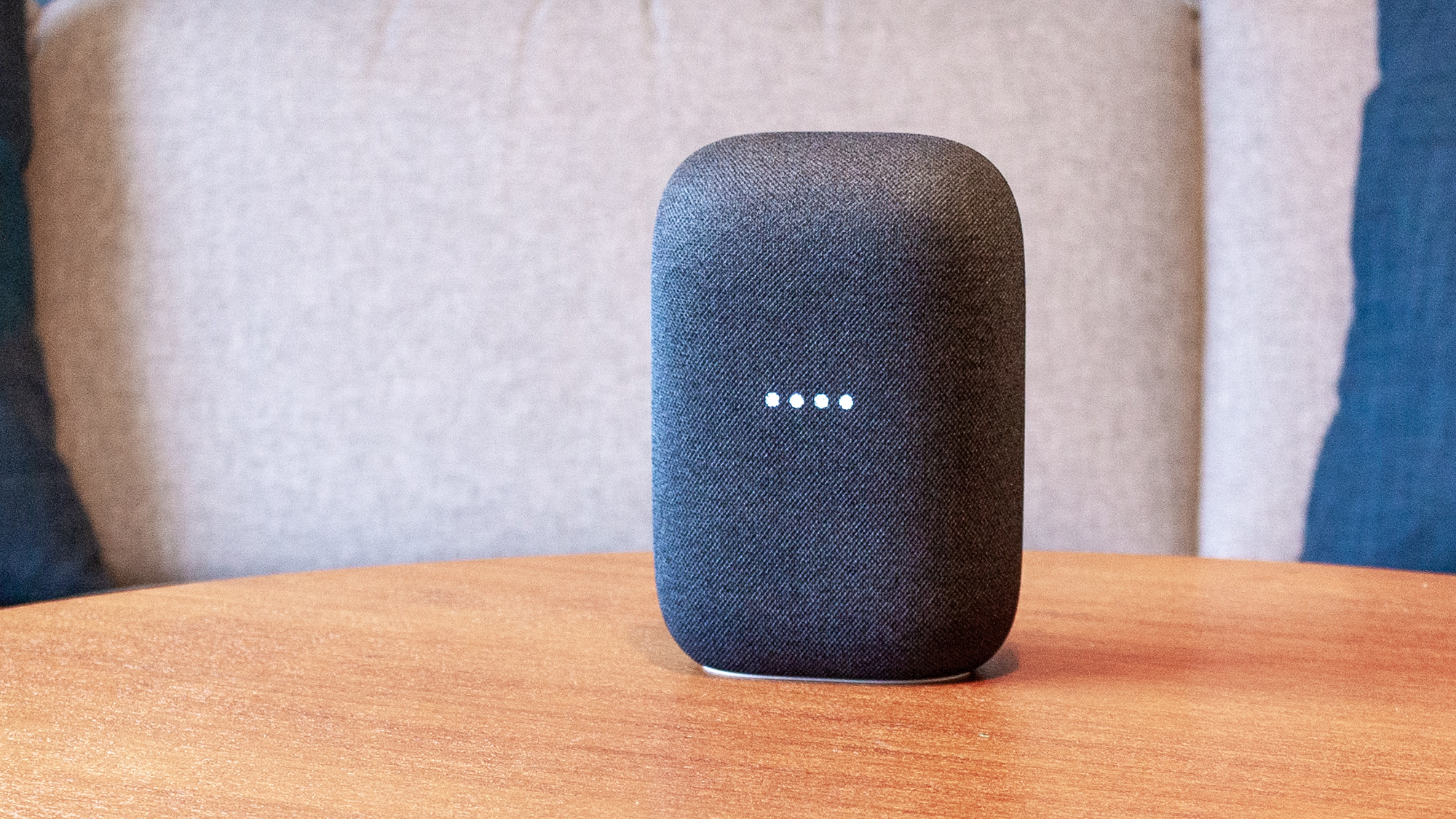
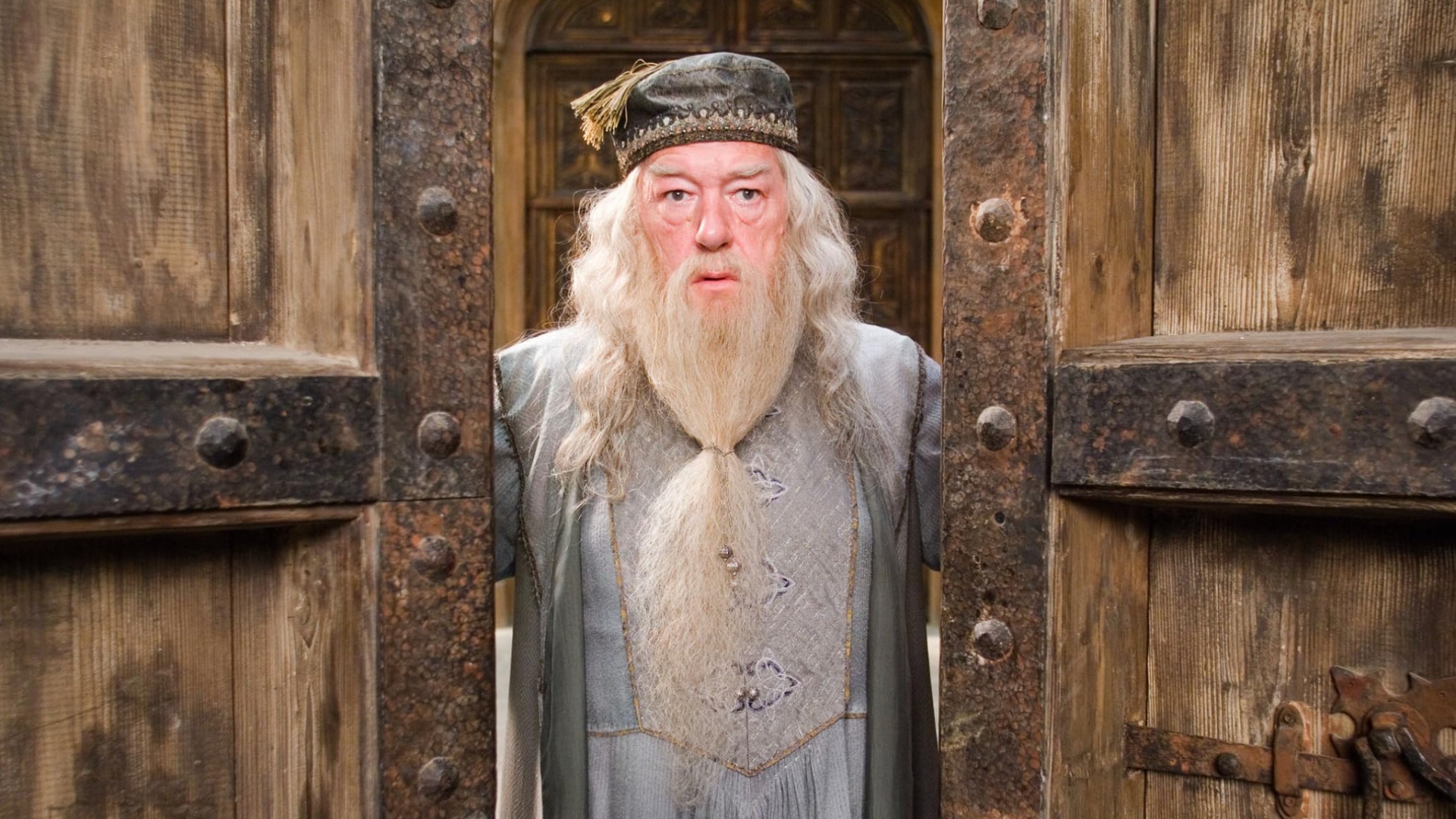




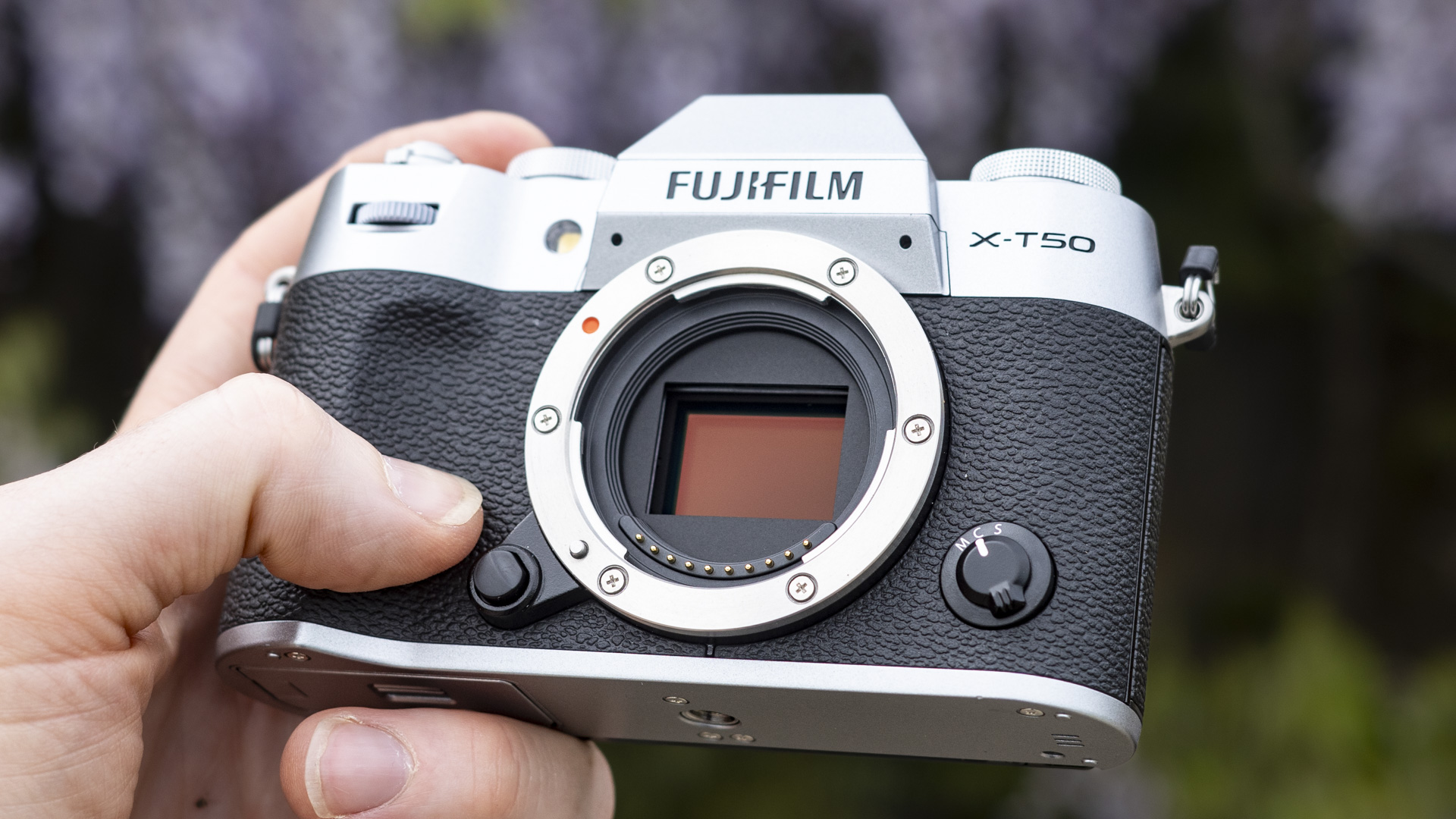


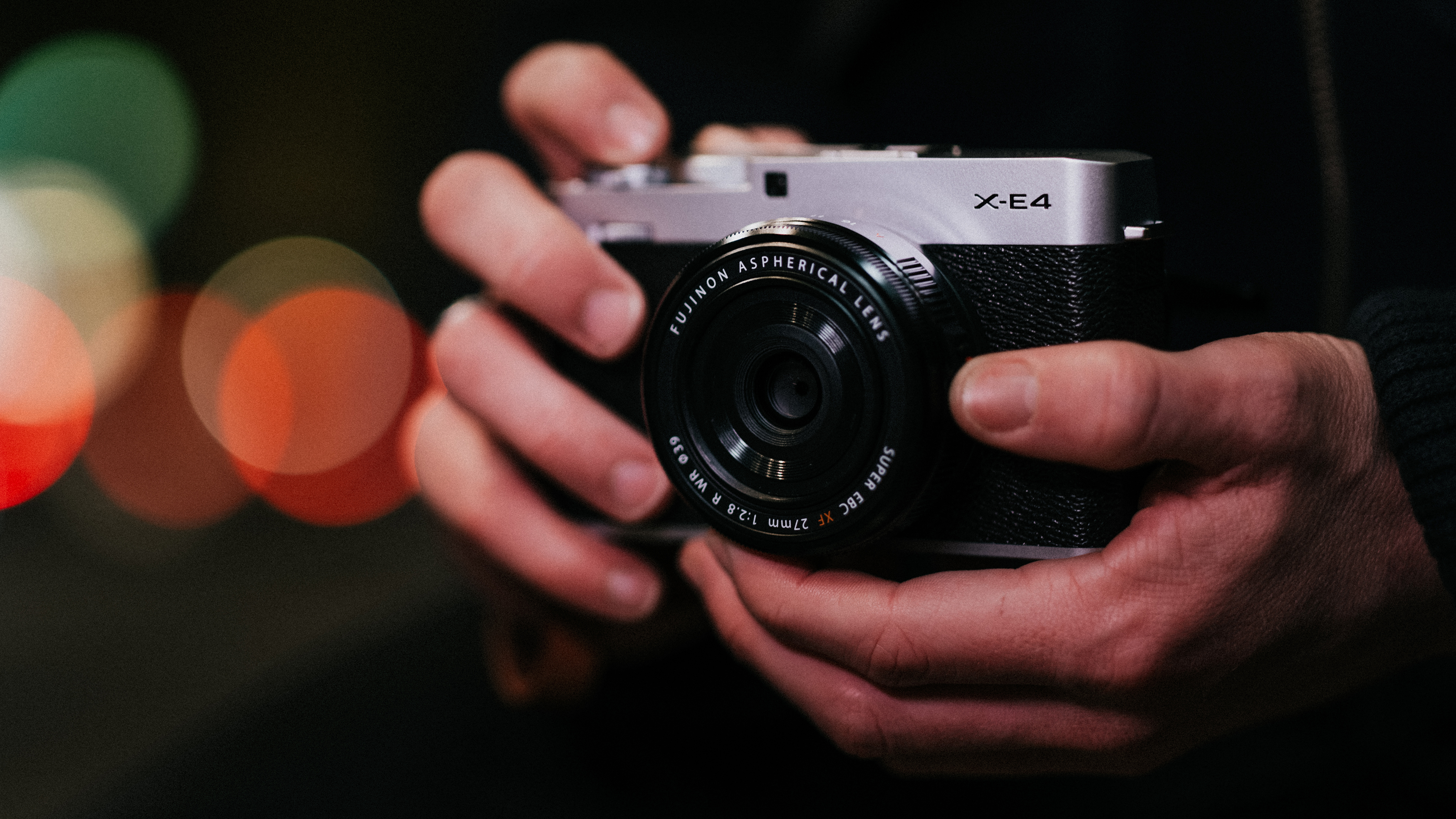
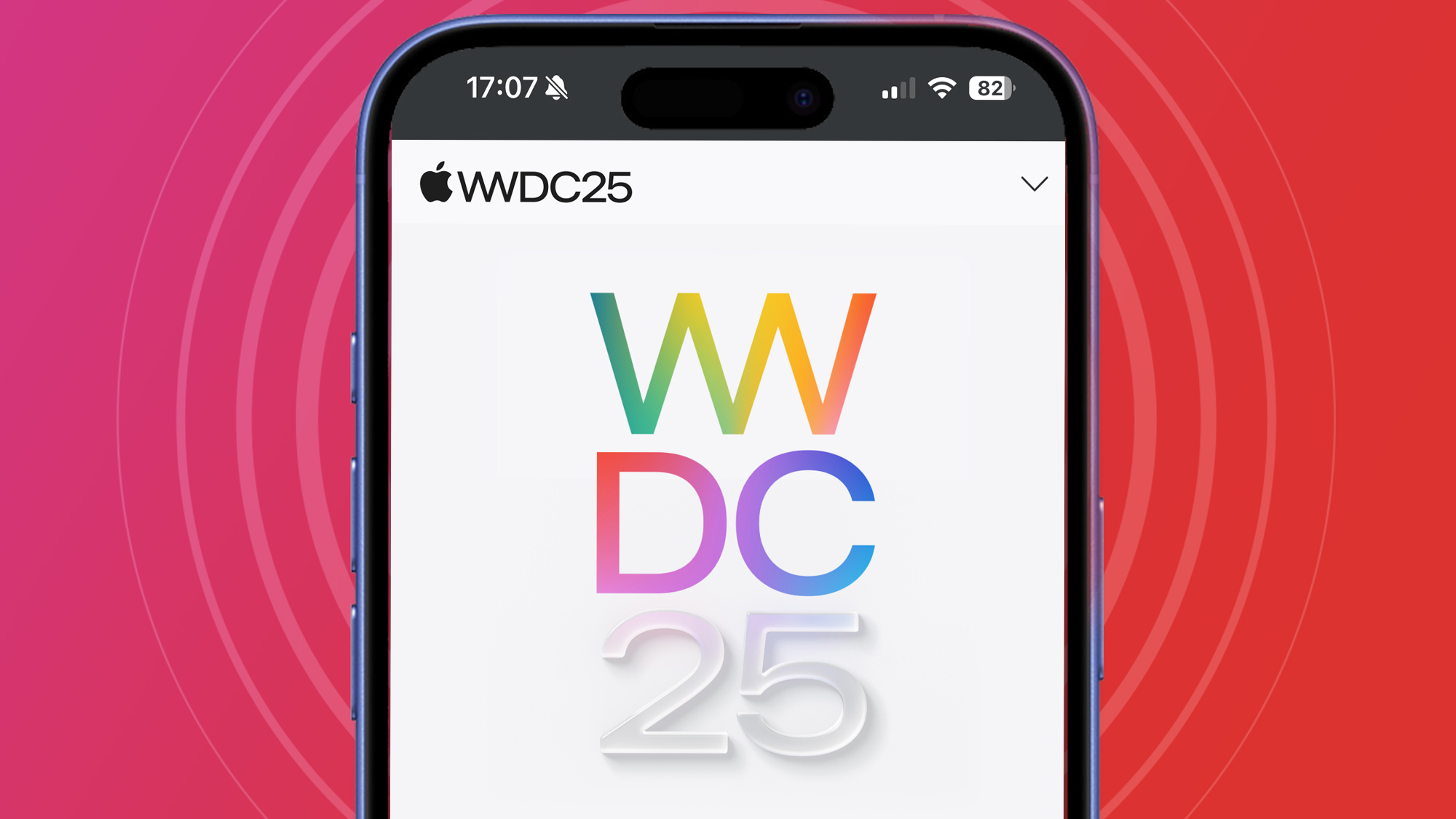
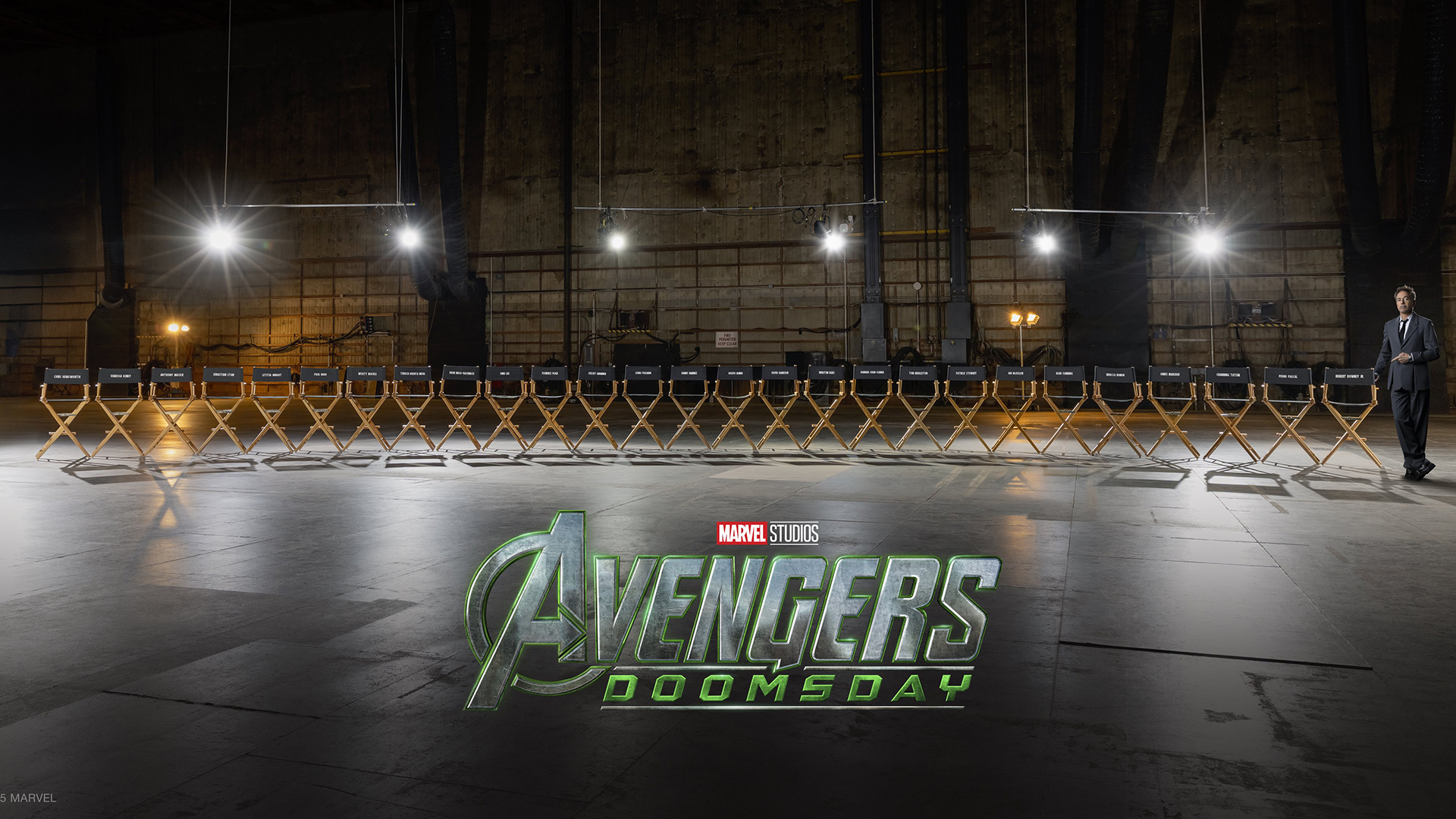
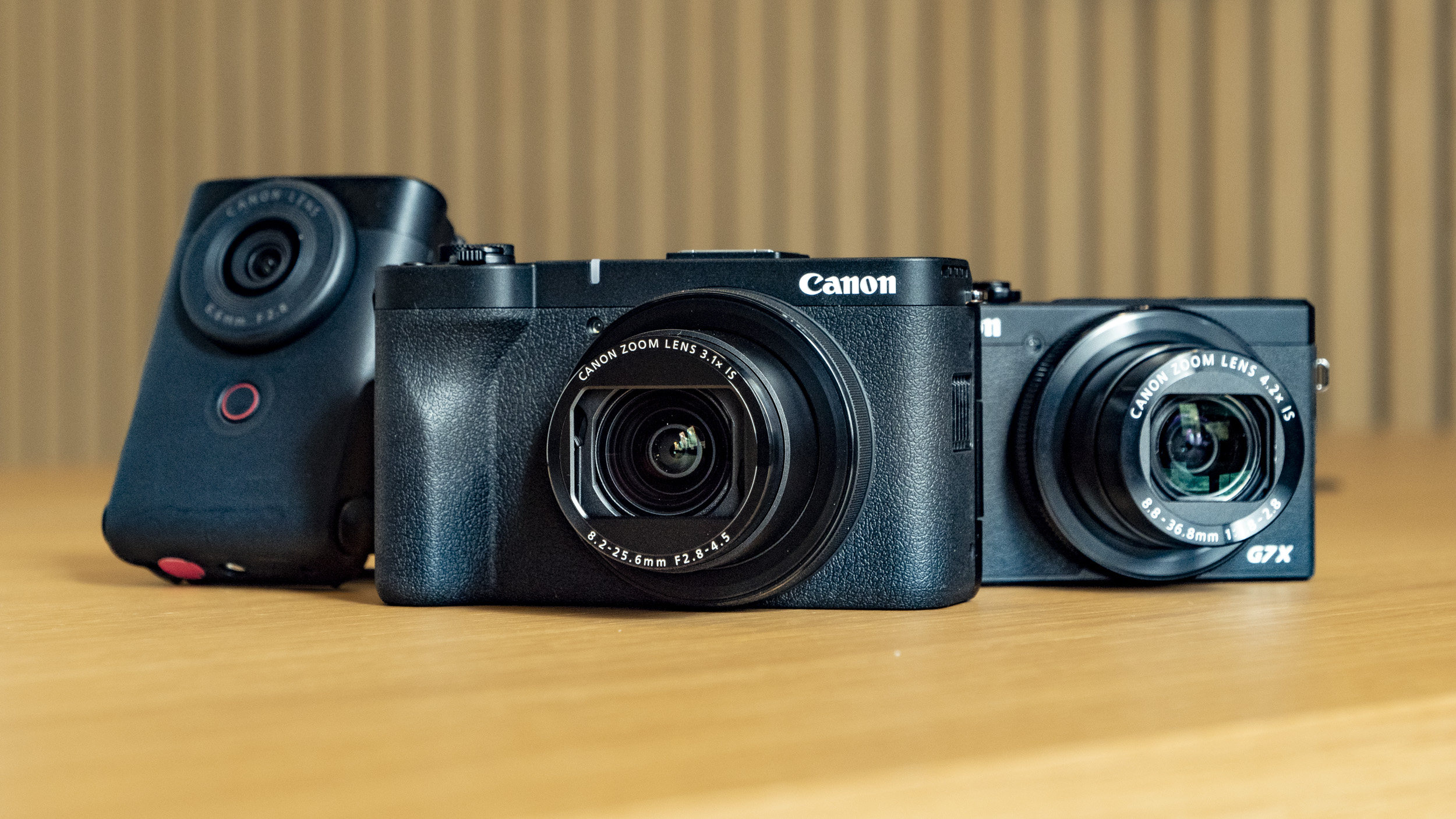





0 coment�rios: